
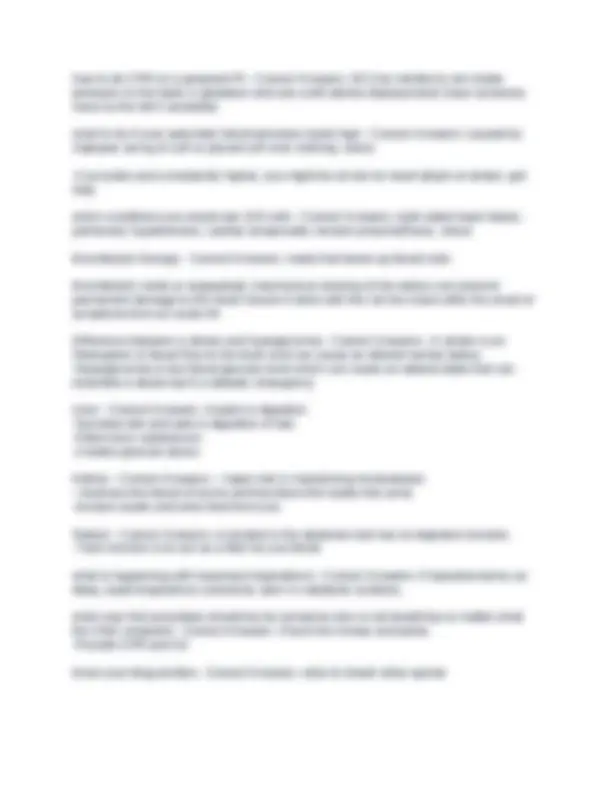
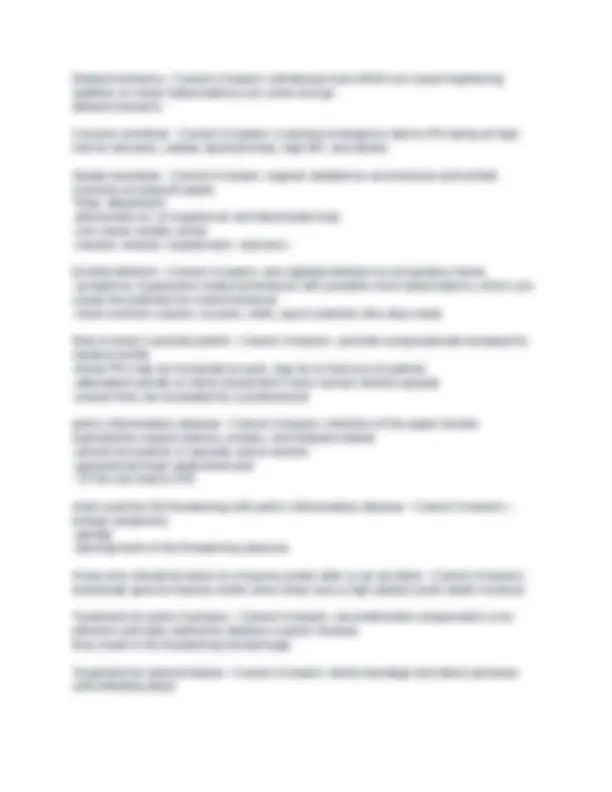
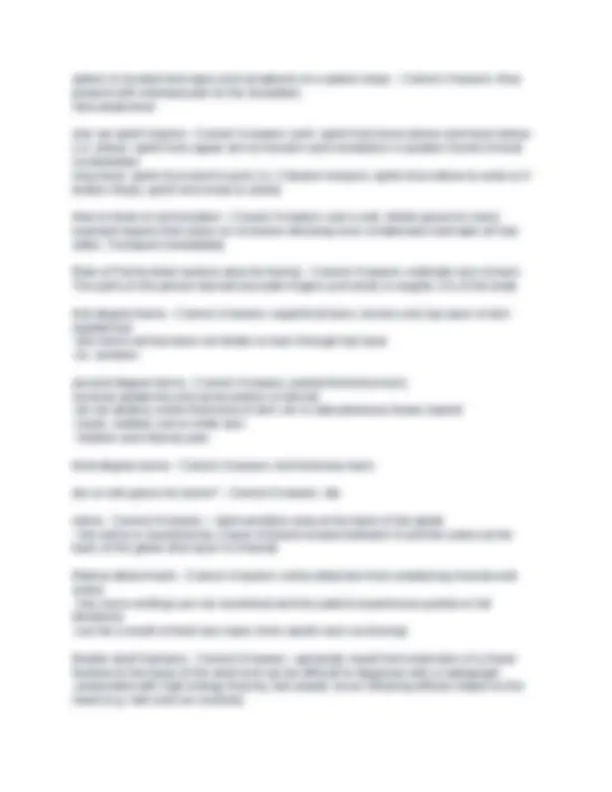
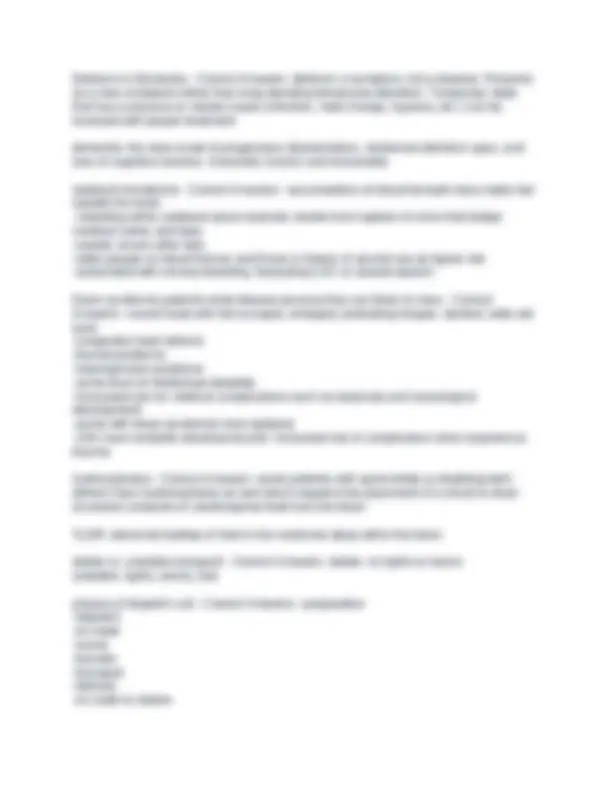
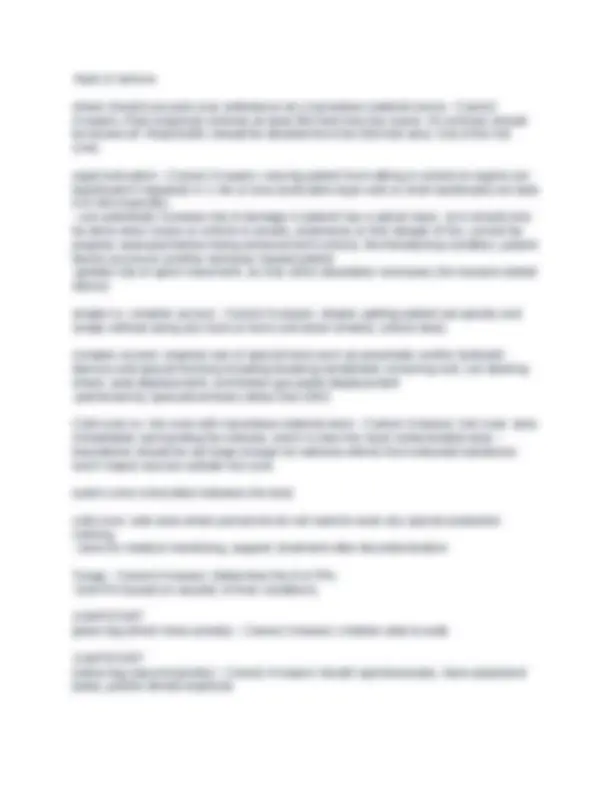
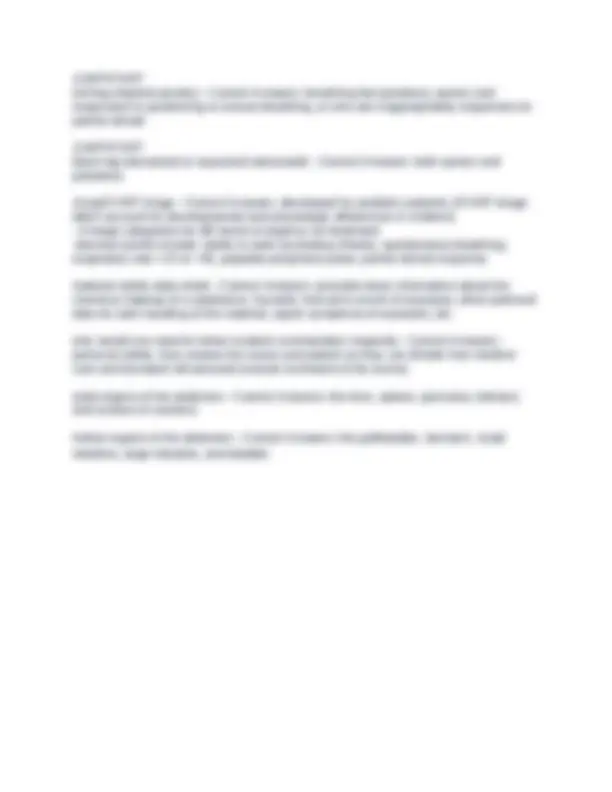


Study with the several resources on Docsity

Earn points by helping other students or get them with a premium plan


Prepare for your exams
Study with the several resources on Docsity

Earn points to download
Earn points by helping other students or get them with a premium plan
Community
Ask the community for help and clear up your study doubts
Discover the best universities in your country according to Docsity users
Free resources
Download our free guides on studying techniques, anxiety management strategies, and thesis advice from Docsity tutors
UNITEK EMT FINAL STUDY GUIDE WITH VERIFIED SOLUTIONS | GRADED A
Typology: Exams
1 / 10

This page cannot be seen from the preview
Don't miss anything!







why we do continuing education - Correct Answers -to maintain skills and knowledge how to treat stroke patient - Correct Answers -B- balance (did patient experience a sudden loss of balance or inability to walk) E- eyes (is there a change in vision? loss, change, no side or top vision) F- facial droop (on one side when smiling) A- arm drift S- slurring words/ not making sense T- time (when did symptoms appear) 1st safety procedure after you arrive at a car crash - Correct Answers -Position the ambulance to block the scene from oncoming traffic. Use only essential warning lights. Choose a location that will allow safe access and exit. Scene size up what is the best way to stay out of court - Correct Answers -document everything and opt to provide care who is allowed to give expressed consent - Correct Answers -decision-making capacity: the patient must understand the info you are providing and have the ability to process the info and make an informed choice regarding medical care what do you do after you receive a call from dispatch - Correct Answers -respond and go to the scene lol sympathetic response - Correct Answers -activates flight or flight response during a threat or perceived danger. -Sends signals to the adrenal glands. The adrenal glands 2 hormones epinephrine and norepinephrine stimulate the heart and blood vessels parasympathetic response - Correct Answers -restores the body to a state of calm beta one receptors affect - Correct Answers -they cause the heart rate to increase and squeeze harder with each contraction, increasing cardiac output. which ventricle causes blood flow to the pulmonary circulation - Correct Answers -right ventricle
why do children and infants Airways become occluded easily - Correct Answers -their airways are smaller in diameter and length. The glottic opening is higher and positioned more anteriorly, neck appears non existent
Delirium tremens - Correct Answers -withdrawal from EtOH can cause frightening auditory or visual hallucinations can come and go. delirium tremens Cocaine overdose - Correct Answers -a serious emergency due to Pt's being at high risk for seizures, cardiac dysrhythmias, high BP, and stroke. Opiate overdose - Correct Answers -Appear sedated or unconscious and exhibit cyanosis w/ pinpoint pupils *resp. depression -decreased vol. of inspired air and decreased resp. -can cause cardiac arrest -nausea -emesis -hypotension -seizures - Excited delirium - Correct Answers -aka agitated delirium or exhaustive mania -symptoms: hyperactive irrational behavior with possible vivid hallucinations, which can cause the potential for violent behavior -most common causes: cocaine, meth, psych patients who stop meds How to treat a suicidal patient - Correct Answers --provide compassionate transport to medical facility -these Pt's may be homicidal as well, may try to hurt you or partner -attempted suicide or intent should don't have normal mental capacity -ensure they are evaluated by a professional pelvic inflammatory disease - Correct Answers -infection of the upper female reproductive organs (uterus, ovaries, and fallopian tubes) -almost exclusively in sexually active women -generalized lower abdominal pain
spleen is located and signs and symptoms of a spleen injury - Correct Answers -May present with refereed pain to the shoulders. intra-abdominal why we splint injuries - Correct Answers -joint: splint from bone above and bone below (i.e. elbow- splint from upper arm to forearm and immobilize in position found in/most comfortable) long bone: splint from joint to joint (i.e. if broken forearm, splint from elbow to wrist or if broken fibula, splint from knee to ankle) How to treat an evisceration - Correct Answers -use a wet, sterile gauze to cover exposed organs then place an occlusive dressing over compresses and tape all four sides. Transport immediately Rule of Palms (total surface area for burns) - Correct Answers -estimate size of burn. The palm of the person burned (exclude fingers and wrist) is roughly 1% of the body first degree burns - Correct Answers -superficial burn; involve only top layer of skin (epidermis) -skin turns red but does not blister or burn through top layer -ex: sunburn second degree burns - Correct Answers -partial-thickness burn; involves epidermis and some portion of dermis -do not destroy entire thickness of skin nor is subcutaneous tissue injured -moist, mottled, red or white skin
wheezing - Correct Answers -Difficult breathing with a high-pitched whistling or sighing sound during expiration -allergic reaction, obstruction, infection stridor vs. wheezing - Correct Answers -strider occurs in upper airway whereas wheezing occurs in the lower airway pediatric assessment triangle - Correct Answers --form a general impression without having to touch patient and can be performed in less than 30 seconds
Delirium vs Dementia - Correct Answers -delirium: a symptom, not a disease. Presents as a new complaint rather than long-standing behavioral alteration. Temporary state that has a physical or mental cause (infection, med change, hypoxia, etc.) can be reversed with proper treatment dementia: the slow onset of progressive disorientation, shortened attention span, and loss of cognitive function. Generally chronic and irreversible subdural hematoma - Correct Answers --accumulation of blood beneath dura mater but outside the brain
red tag (highest priority) - Correct Answers -breathing but pulseless, apneic and responsive to positioning or rescue breathing, or who are inappropriately responsive to painful stimuli JUMPSTART black tag (deceased or expectant deceased) - Correct Answers -both apneic and pulseless JumpSTART triage - Correct Answers -developed for pediatric patients (START triage didn't account for developmental and physiologic differences in children).